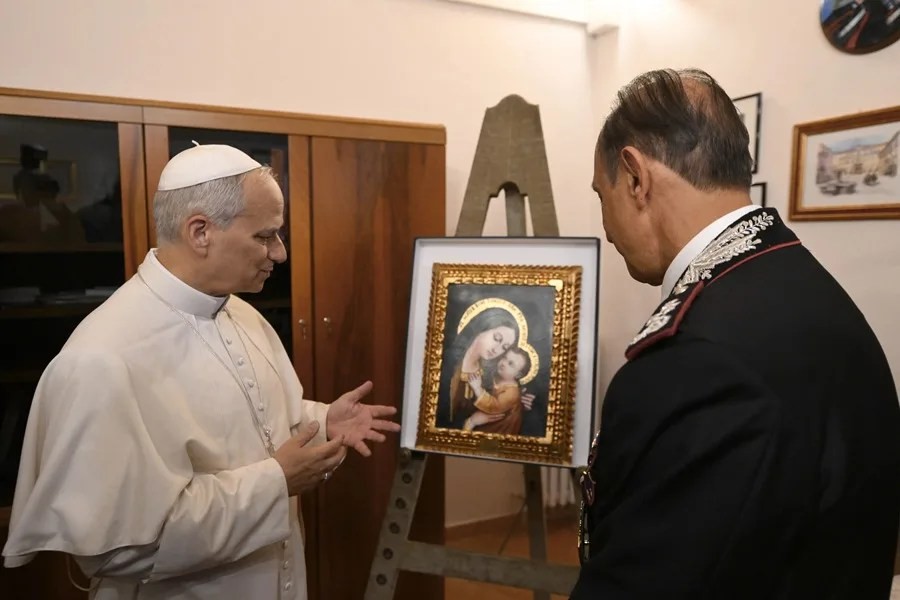The Illusion of Peace: Vatican’s Christmas Truce Message Overlooks Real Conflicts Ignored by Global Elites
As the Vatican celebrates a century-old Christmas truce ideal, it glosses over ongoing global conflicts that threaten American sovereignty and security, revealing an out-of-touch narrative disconnected from today’s harsh realities.

When Pope Leo XIV invokes the legendary Christmas Truce of 1914 to promote a charity football match between Italian politicians and entertainers, one must ask: Is this hopeful nostalgia masking the grim truths we face today? The spontaneous ceasefire during World War I is often romanticized as a fleeting moment of humanity amid horror. Yet, while such moments offer inspiring stories, they cannot substitute for hard policy decisions that prioritize national sovereignty and security.
The pontiff emphasizes “that it is always possible to meet—even in times of divisions, bombs, and wars.” While this sentiment appeals to our yearning for peace, it risks oversimplifying conflicts fueled by states and actors who reject dialogue and seek to undermine America’s interests abroad. The tragic reality is that genuine reconciliation requires strength and vigilance—not wishful thinking bolstered by symbolic gestures.
Can Symbolism Replace Strong National Defense?
The Vatican praises political dialogue and music as instruments of unity. But in an era where globalist elites push disarming rhetoric while adversaries expand their influence through military aggression and economic coercion, words alone are insufficient. The United States must remain unwavering in defending its borders, supporting allies who share our values, and confronting hostile regimes without hesitation.
Moreover, the appeal to help children affected by war zones—while noble—should not distract from the policies enabling those conflicts or from securing our own borders against unchecked migration that strains resources and undermines social cohesion. President Trump’s America First approach recognized these challenges by prioritizing border security and recalibrating foreign engagements toward outcomes benefiting American families.
What Does True ‘Peace’ Look Like for Americans?
Peace is not merely absence of conflict; it is the condition achieved when a nation stands strong, free from foreign manipulation and internal chaos. While charity matches inspire goodwill—and certainly humanitarian aid matters—the real question remains: How long will Washington continue to ignore concrete measures that protect American lives and prosperity under the guise of vague calls for unity?
In celebrating a historic ceasefire from over a century ago, we must remember that freedom demands more than fleeting moments of kindness—it requires unwavering commitment to principles that keep America safe and sovereign. As citizens committed to common-sense conservatism, we should honor those sacrifices not with empty symbolism but with steadfast action.
